In the News
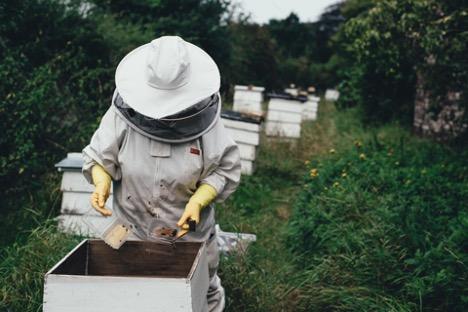
For Your Information
November 27, 2023
This study led by Cornell researchers provides an overview of important toxicants to which honey bees are exposed; behavioral, husbandry, and external environmental factors influencing exposure; impacts of toxicant exposure on individual bee and colony health; and the convergent impacts of stress, nutrition, infectious disease, and toxicant exposures on colony health.
Video
November 25, 2023
A presentation by Dr. Steve Osofsky, Director of the Cornell Wildlife Health Center, at the National Academy of Sciences Board on Animal Health Sciences, Conservation, and Research Fall Board Meeting, Washington, D.C.
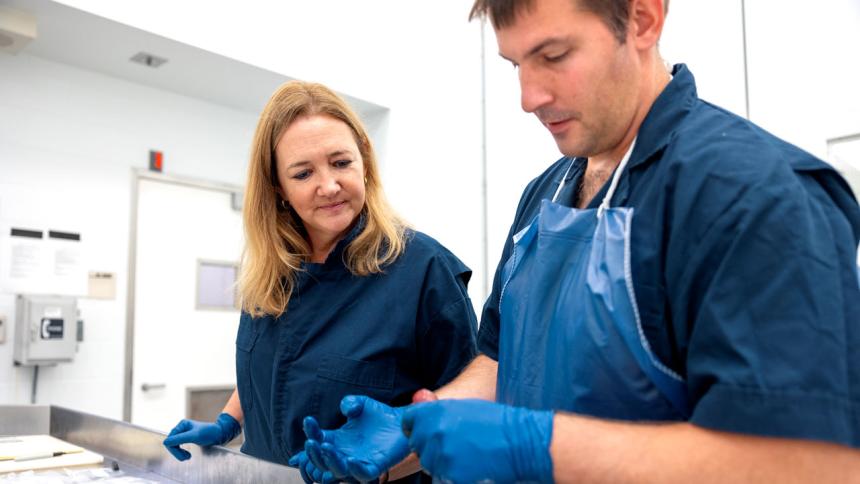
November 22, 2023
State agencies are stepping up education and outreach to promote voluntary adoption of non-lead alternatives, acting on recommendations from their Lead Ammunition Working Group, a multidisciplinary partnership that includes the Cornell Wildlife Health Lab.

November 21, 2023
Did you know that the second most common cause of injured sloths coming into rescue centers is electrocution? If not, you are in the majority. There is little to no literature about sloth electrocution in the academic world, even though it is such a pervasive problem.
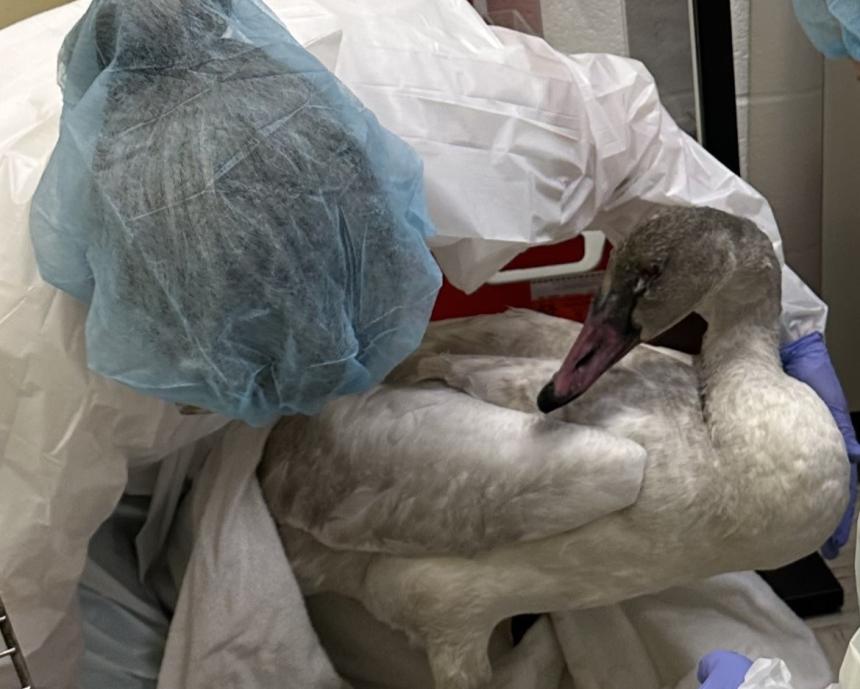
November 17, 2023
While avian influenza has affected multiple bird populations and a range of mammal species across the world, the Cornell Janet L. Swanson Wildlife Hospital has optimized its use of clinical medicine, practical precautions, and collaboration to effectively manage the risk of disease transmission among birds in the hospital, and from birds to mammals, including humans.
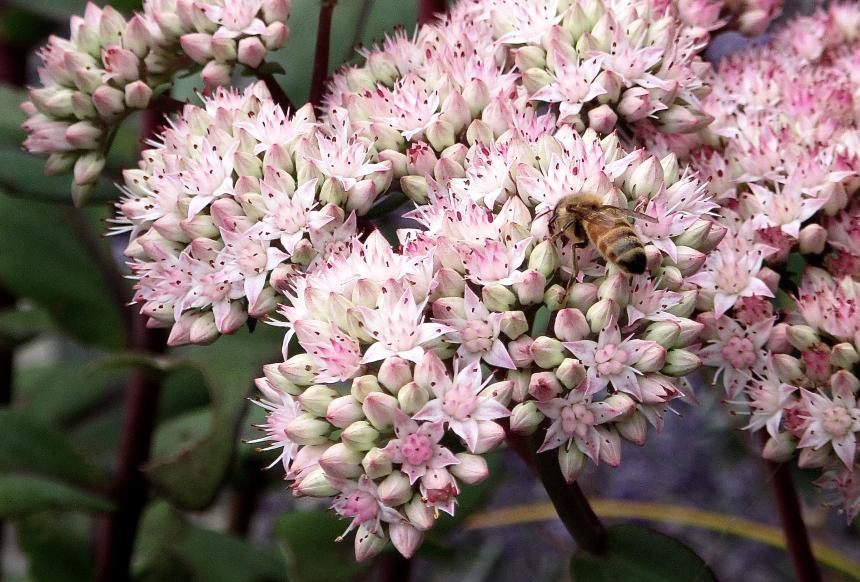
November 15, 2023
Led by Cornell's Dr. Karyn Bischoff, an analysis of beeswax in managed honeybee hives in New York finds a wide variety of insecticide, herbicide and fungicide residues, exposing current and future generations of bees to long-term toxicity.
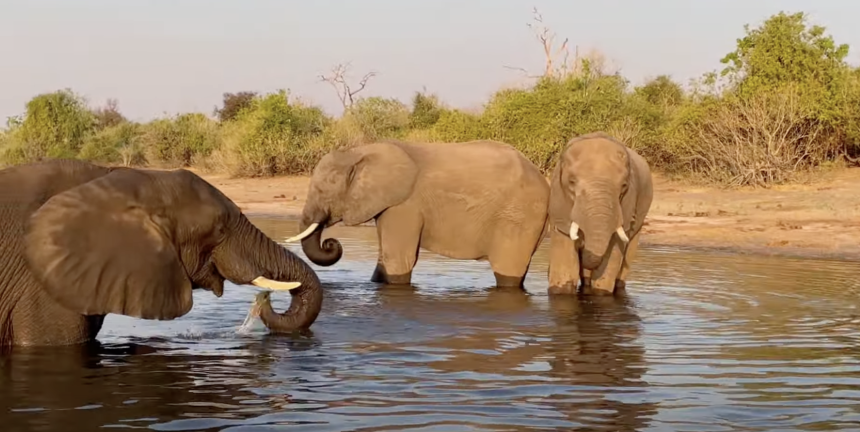
Video
November 08, 2023
Enjoy these beautiful wild elephants in Chobe National Park, Botswana - part of the KAZA (Kavango Zambezi) Transfrontier Conservation Area - where we're working to restore key wildlife migration corridors.
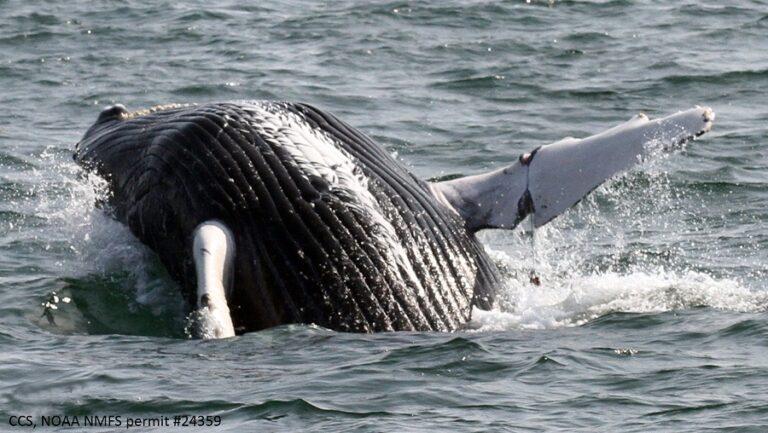
November 08, 2023
For my last summer before clinical rotations, I wanted to gain experience with marine animals. I was accepted as an intern with the International Fund for Animal Welfare (IFAW) Marine Mammal Rescue & Research (MMRR) program in Cape Cod, Massachusetts, a unique geographical area where tides and coastlines can suddenly trap a dolphin or whale in inches of water....
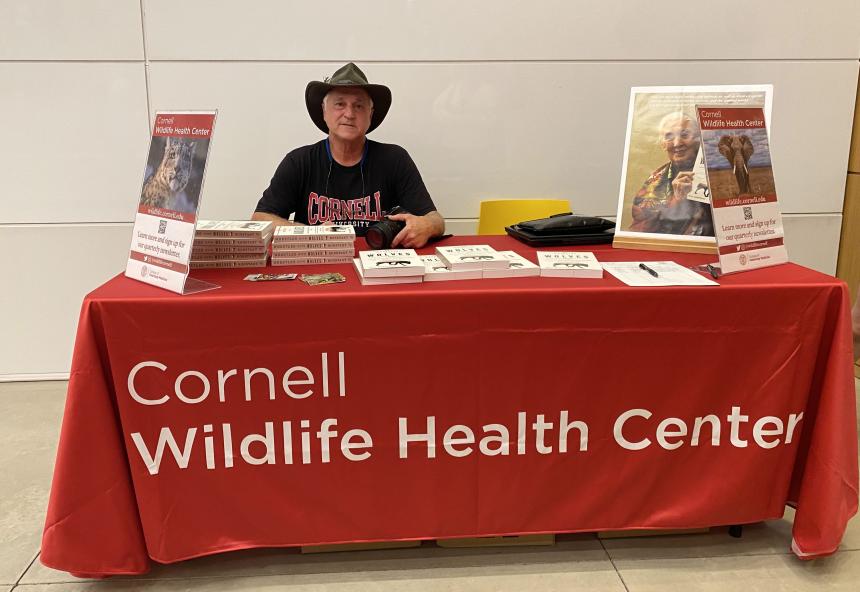
November 07, 2023
Cornell alumnus Bill Konstant ‘74 visited Cornell to give a talk to students, alumni, faculty, and the general public based on his memoir, Wrestles with Wolves: Saving the World One Species at a Time, hosted by the Cornell Wildlife Health Center and the Zoo and Wildlife Society.
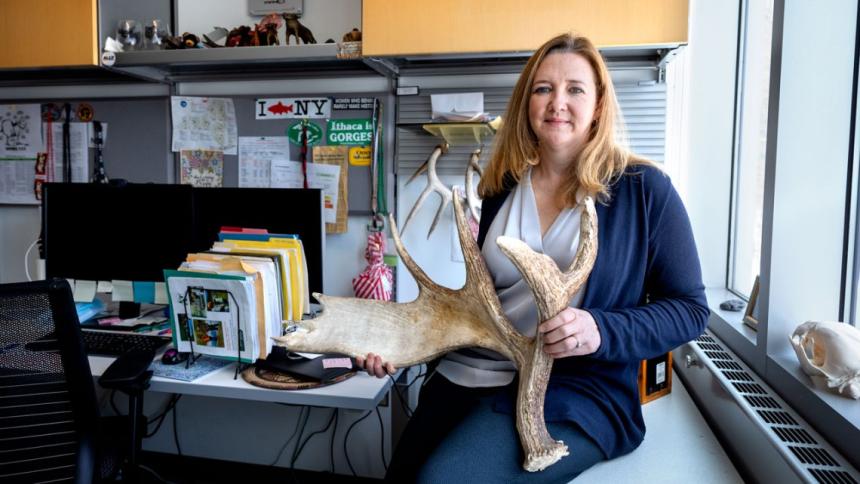
Podcast
November 06, 2023
This Cornell Veterinary Podcast episode features Cornell's Dr. Krysten Schuler, who spends her days working to protect New York State's wildlife from diseases like bear mange, deadly fungus in salamanders, and chronic wasting disease in white-tailed deer.
